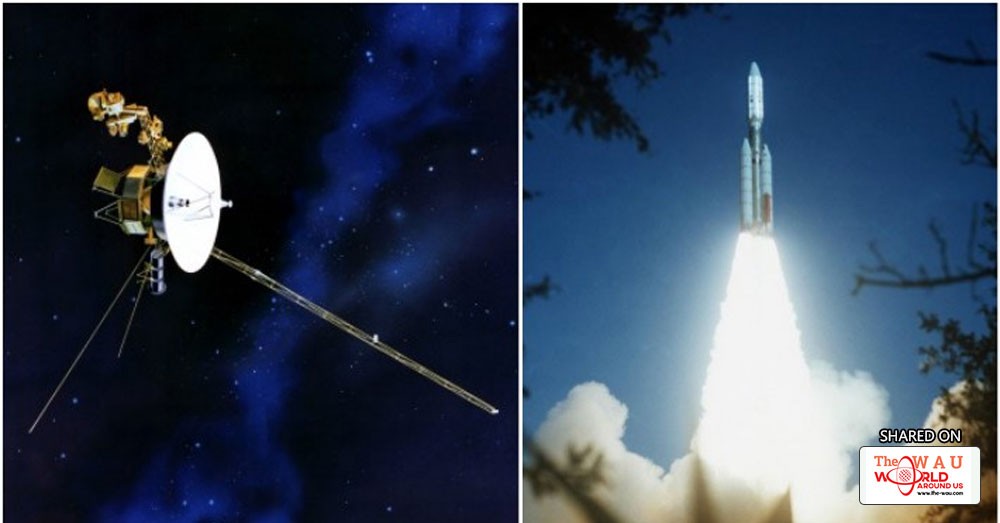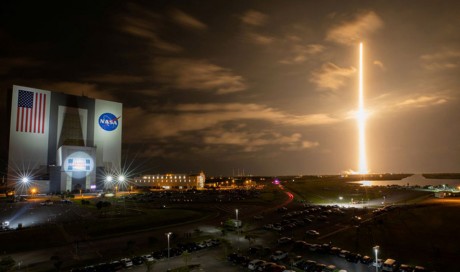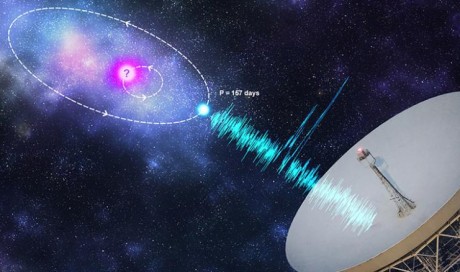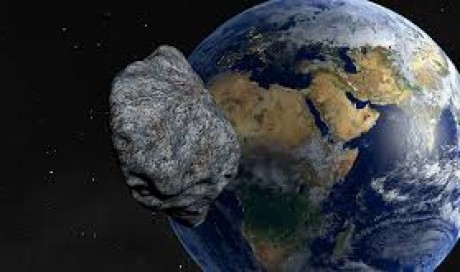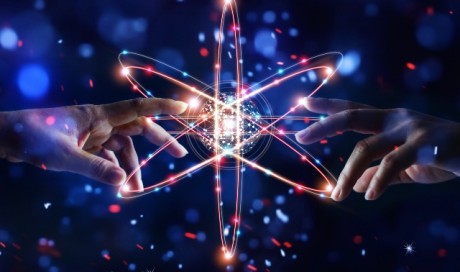Unless you work for NASA or have a Ph.D. in physics, it is highly unlikely that you have any understanding of how the universe works. In fact, even those who are classed as experts aren’t always sure about what’s really going on outside our Pale Blue Dot.
As you commence with your daily routine, it is easy to forget that beyond this Earth is a whole, relatively unexplored universe. However, that could be all about to change as NASA was able to communicate with a space probe that’s 13 billion miles away from home.

Voyager 1 was launched by NASA on September 5, 1977, as part of the Voyager program which aimed to study the solar system. During this mission, the probe, along with its twin Voyager 2, observed Jupiter, Saturn, Uranus, and Neptune.
However, its journey wasn’t to end there…

In 1998, Voyager 1 overtook Pioneer 10 as the most distant spacecraft from Earth, as it traveled at 17 kilometers (11 miles) per second through space. Now 40 years later, scientists have once again begun to collect data from the space probe, which inhabits interstellar space.

However, NASA recently hit a major stumbling block when it came to their continued use of Voyager 1. They needed to carry out maintenance repairs on the space probe but given that it is 13 billion miles away from Earth, this wasn’t going to be a simple task.
In 2014, scientists noticed that the probe, which no longer carries functional cameras, was degrading. After concluding that they needed to repair the thrusters on the craft in order to improve its journey, they chose to carry out a rather risky experiment.

Despite Voyager 1’s extreme distance from Earth, scientists are still able to communicate with the craft. However, its future was in jeopardy when scientists discovered that Voyager 1’s thrusters were failing.
So, in order to fix the situation, they activated the backup thrusters which have been dormant for 37 years.

It took a painful 19 hours and 35 minutes for the team of scientists to learn if their mission had been successful. But when they learned it had been, there was a real reason to celebrate.
“With these thrusters that are still functional after 37 years without use, we will be able to extend the life of the Voyager 1 spacecraft by two to three years,” said NASA’s Suzanne Dodd.

“The mood was one of relief, joy, and incredulity after witnessing these well-rested thrusters pick up the baton as if no time had passed at all,” said Todd Barber, who was a part of the team who made it happen.
But that begs the question: what exactly are the thrusters?!
The thrusters ensure that the probe can orientate itself and communicate with Earth. They fire in tiny pulses which last mere milliseconds in order to subtly rotate the spacecraft so that its antenna points at our planet. In simple terms: they’re incredibly important.

Discussing Voyager 1 and its twin, Mr. Thomas Zurbuchen, associate administrator for Nasa’s Science Mission Directorate, said, “I believe that few missions can ever match the achievements of the Voyager spacecraft during their four decades of exploration. They have educated us to the unknown wonders of the universe and truly inspired humanity to continue to explore our solar system and beyond.”

But if you think that is impressive, then feast your ears on this music created from cosmic particles discovered by Voyager 1. It’s out of this world!
Share This Post

